Introduce nutritious beets to your baby safely using these tips for serving beets for baby led weaning, including how to cut beets for BLW and the best way to cook beets for babies.

Beets, or beetroot, with their dark red hue and earthy, naturally sweet taste, are great for babies to experience at a young age. This root vegetable is full of antioxidants and when cooked until soft, are delicious for little ones to try! Even though they can be messy, they're a fun and healthy new veggie to add into the rotation. Here's what you need to know about safely serving beets when using a baby led weaning approach.
Jump to:
Can Babies Eat Beets?
As soon as babies are developmentally ready for solids, around 6 months of age, they can eat beets. Because beets are firm when raw, they'll need to be cooked well until soft and served in an appropriate shape for babies, whether baby led weaning, spoon-feeding, or in the finger food stage.
Baby Health Benefits
Beets (beetroots) are high in many beneficial nutrients, including:
- Fiber: good for baby's digestion and gut health
- Folate: Essential for growth and development
- Phytonutrients: Plant compounds including carotenoids, betanin, and other antioxidants that can have anti-inflammatory and anti-cancer effects. Beets of different colors will have different phytonutrients, but all are beneficial.
Beets also contain small amount of many minerals important for bone health, metabolism and energy production, such as copper, manganese, potassium and magnesium.
Note: Eating beets will cause your baby's poop and pee to be tinted red. Don't freak out if your baby has recently consumed red beets!
How To Cook Beets For Babies

Because beets are very firm when raw, you'll need to cook them before serving to baby. They should be cooked until soft enough to easily pierce with a fork or smash between your index finger and thumb. Here are some easy ways to cook beets:
- Roasted whole beets. This is my favorite method for cooking beets, especially if the oven is already on. Simply scrub beets with the skin on (remove the green tops if there are any) and tightly wrap each beet individually in foil. Place in a baking dish to prevent leakage in the bottom of your oven, and roast at 400°F until beets are soft when squeezed, about 35-60 minutes depending on the size of your beets. Once done and cooled to the touch, simply rub the skin off with your fingers and discard before cutting in an appropriate shape.
- Boiled beets. Boiling is an easy way to cook beets, though some of the nutrients may be lost in the cooking water. Submerge scrubbed beets (skin on) in water in a saucepan and simmer for about 30-45 minutes, or until beets are soft. Once cool, remove the skin with your fingers.
- Steamed beets. Steaming beets will help them retain a little more of their nutrients than boiling, but the color still turns a little dull as with the previous method. Place scrubbed beets (skin on) in a steamer basket on top of water in a pot. The water should not touch the bottom of the beets. Bring to a simmer, cover, and steam until soft, about 30-45 minutes, depending on the size of the beets. Once cool, you can easily remove the skin with your fingers.
In all of these cooking methods, I find it is easier and less messy to remove the skin after cooking, when it will easily slip off. It will still stain your hands, though, so use gloves if you'd like. Once peeled, you can cut the beets into the best shape for your little one.
In a pinch, packaged pre-cooked beets are convenient and can be found in the produce section of the grocery store. Canned beets are also an option, but look for low sodium options and be sure you're not getting pickled beets.
How To Serve Beets for Baby Led Weaning

Once soft, beets should be cut in an appropriate shape for BLW babies. You'll want to eliminate the round shape, especially for smaller beets, since it can pose a choking risk. Here are some safe, age appropriate ways to serve beets for baby led weaning.
1. Wedges or Half Moons (6+ months)
Large beets can be cut into quarters to create long wedges. They can also be cut into ¼-inch slices and then cut into half circles. These larger pieces are easier for baby to grasp before he develops a pincer grasp.
2. Smashed (6+ months)
If your beets are smaller, you can smash them and let baby scoop with his palm or preload on a soft spoon. You want to avoid serving small round beets as they can be a choking hazard.
3. Small Bite Sized Pieces (9+ months)
Once baby develops a pincer grasp, usually around 9 months with baby led weaning, you can cut beets into small pieces, about the size of your pinky nail, for him to practice picking up with index finger and thumb.
4. Grated (9+ months)
Grating beets is also a safe way to serve them. You can grate cooked beets for any age, but they'll probably just be messy and frustrating for little ones without a pincer grasp. For older kiddos (9+ months) you can try finely grating raw beets as well.
Psst! You'll want to serve beets on laundry day as they can be messy! Try my absolute favorite stain remover (linked below) for removing beet and other food stains from clothes, and check out my other Tips for Handling Mess with Baby Led Weaning.
This is the ONLY stain remover I will buy. It gets out even the toughest stains and is safe for my family. It also comes in big refill pouches at a great price.
FAQ
Because beets are firm, round, and slippery, they can be a choking hazard. Beets should always be cooked to a soft texture and cut in an appropriate shape for babies. As always, closely supervise baby any time he is eating to avoid a choking emergency.
No, beet allergies are very rare.
Yes, canned beets can be used if fresh are not available. Make sure to look for low sodium versions if possible, and avoid pickled beets, which are high in sodium and sugar. Rinsing canned beets can help reduce the sodium.
Yes. It is natural to be alarmed the first time you change baby's diaper after giving him beets...until you remember he ate beets! Don't freak out if you noticed red tinted poop (or pee) after baby eats beets, it is just the pigment making its way through the digestive tract.
No. Generally, nitrates found in vegetables such as beets are not normally consumed at a high enough volume to be concerning. In fact, dietary nitrates such as those found in vegetables, may actually be beneficial to vascular health. There is a potential concern about contaminated well water, so if you use well water, be sure to have it tested.
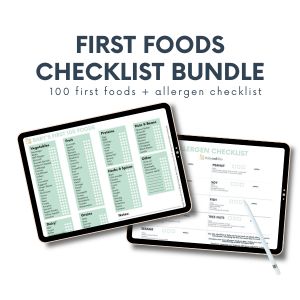

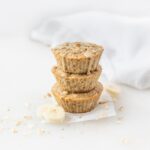
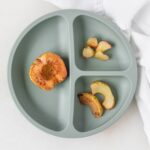
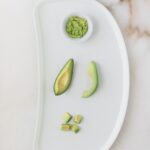
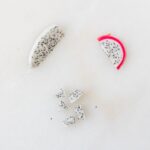
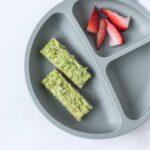




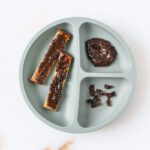
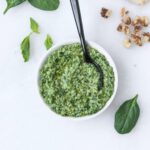
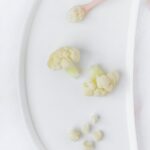
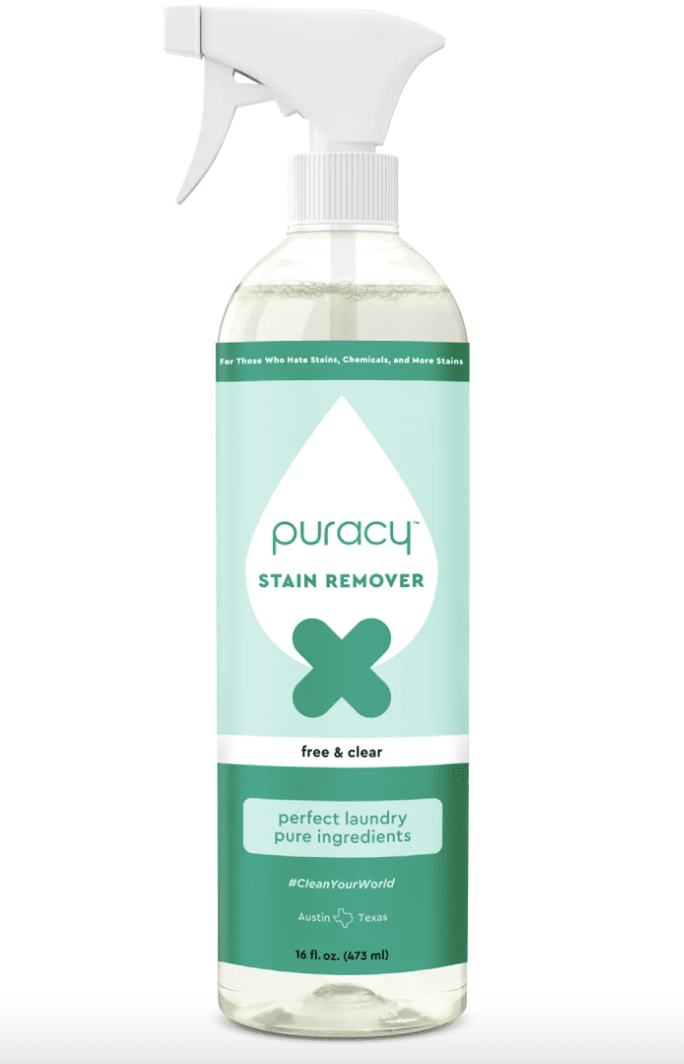
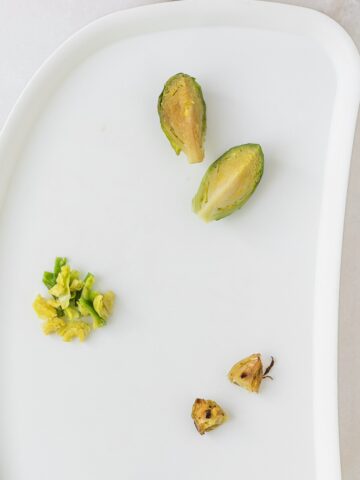
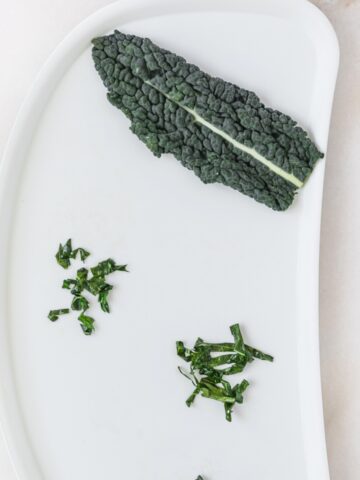
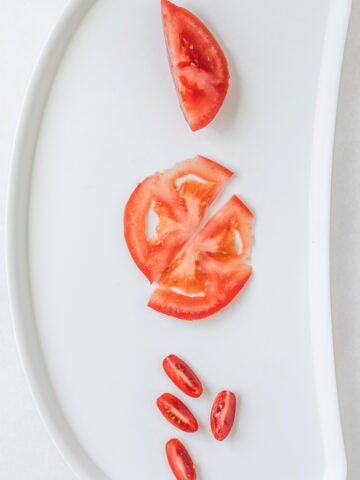
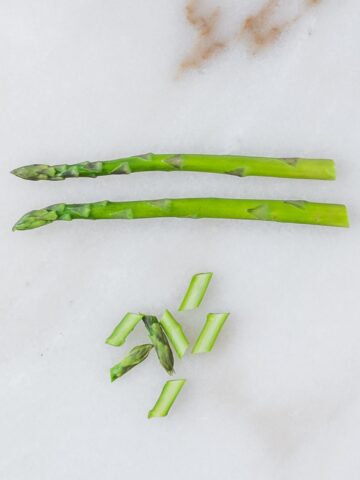
Leave a Reply